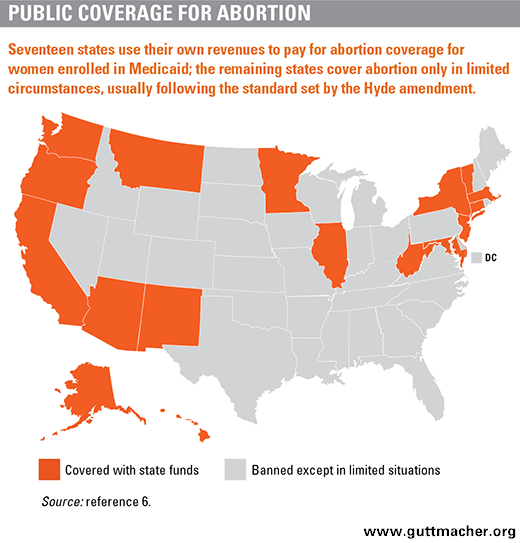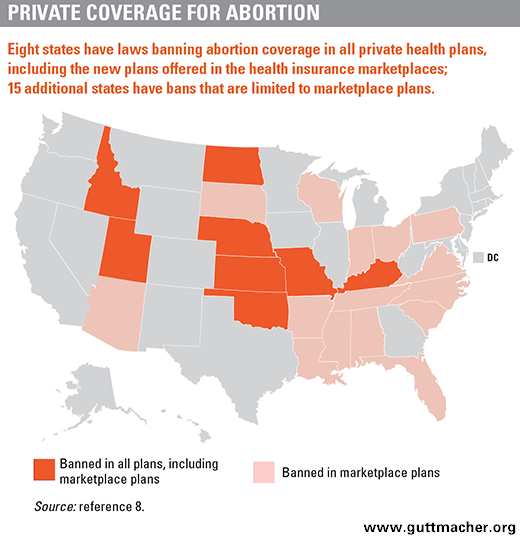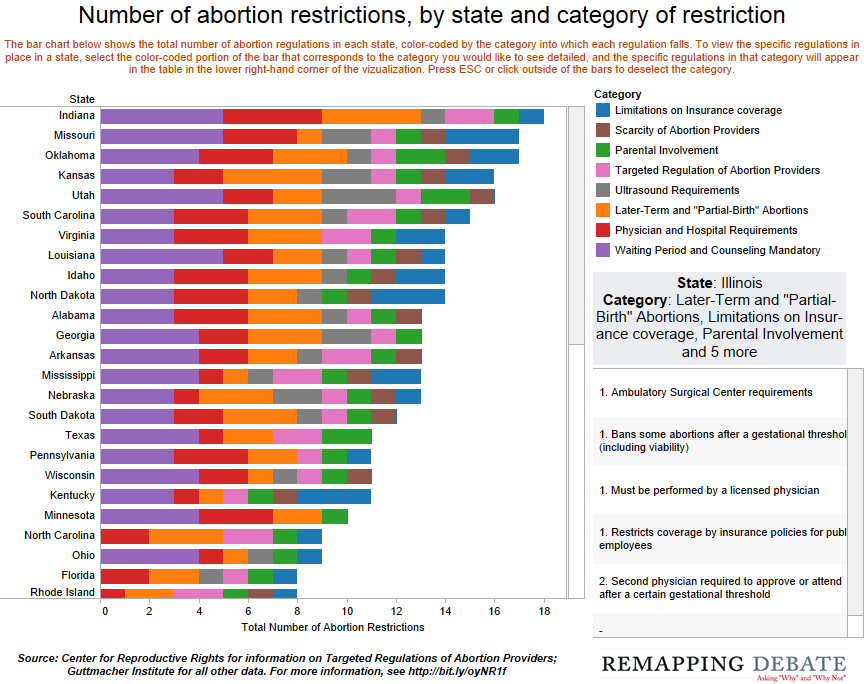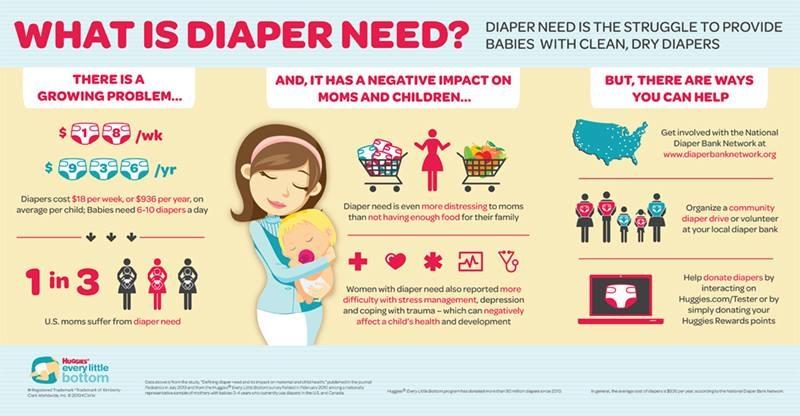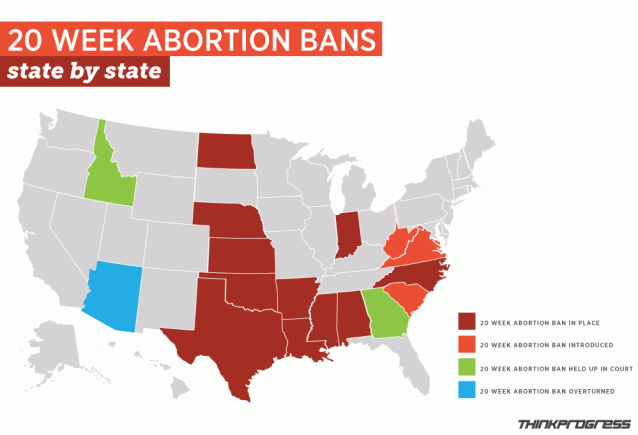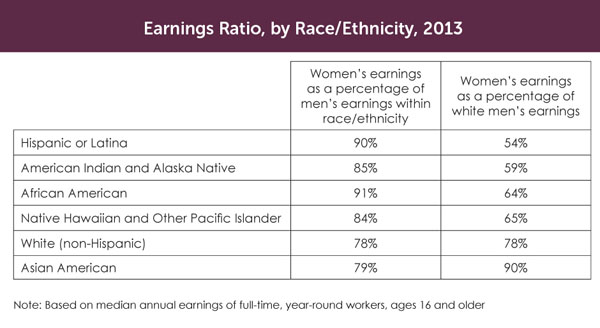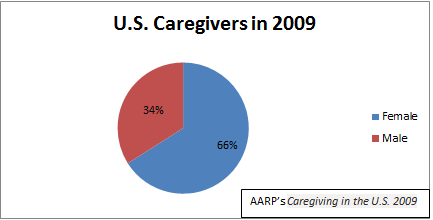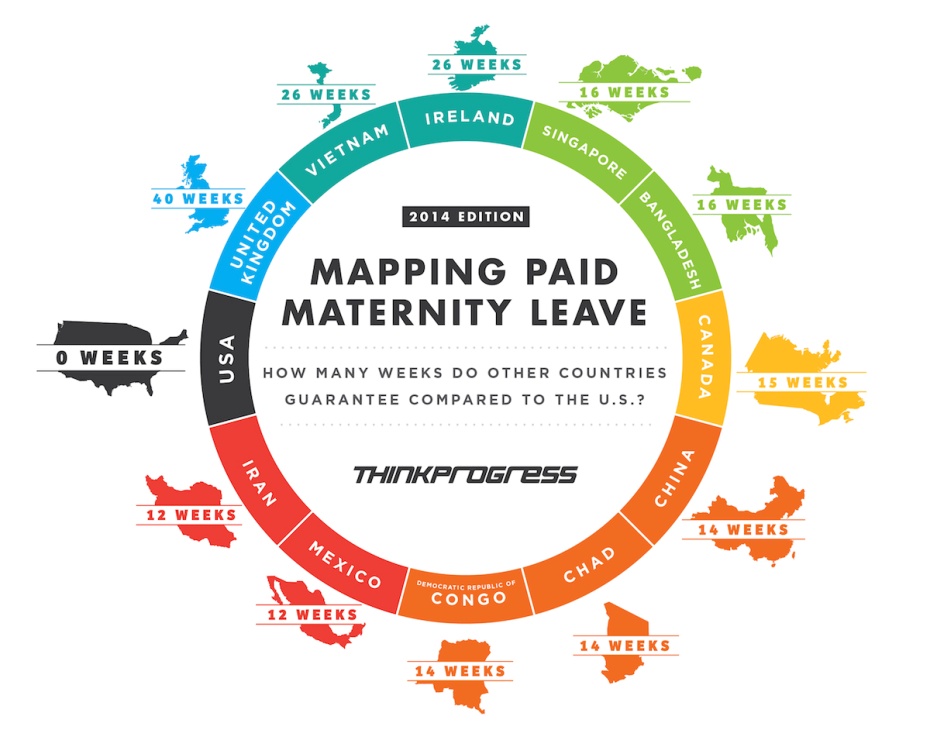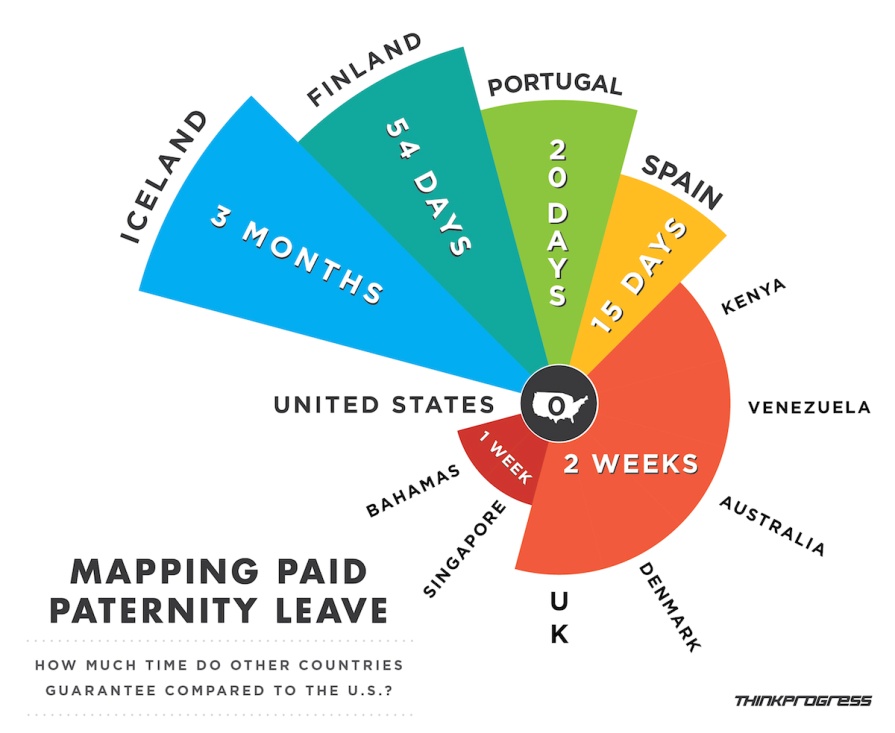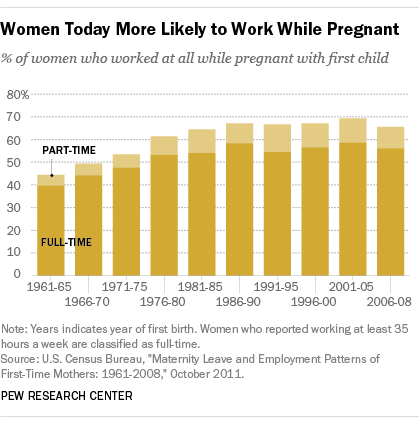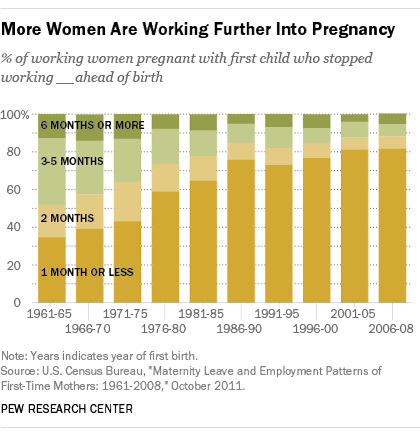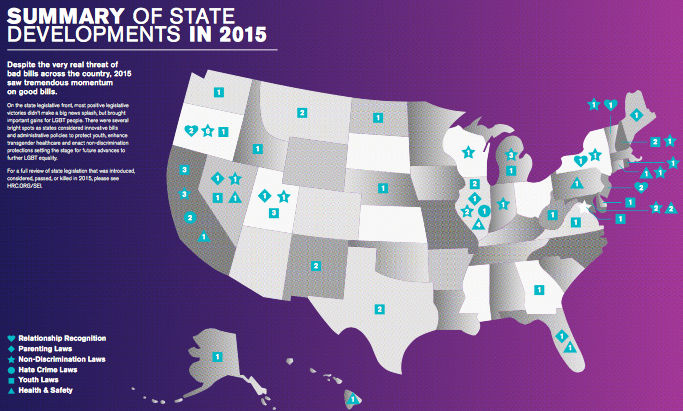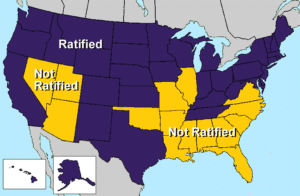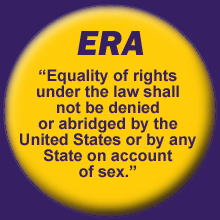NATIONAL ORGANIZATION FOR WOMEN
Legislative Fact Sheets for the 114th Congress (2015-2016)
1100 H St NW, 300
Washington, DC 20005
(202) 628-8669
now.org
 Table of Contents
Table of Contents
Introduction…………………………………..…………………………………………….3
Reproductive Rights and Justice
(H.R. 2972) EACH Woman Act of 2015…………………………………..………………….4
(H.R. 448/S. 217) Women’s Health Protection Act of 2015…………………….….…………..5
(H.R. 4055) Hygiene Assistance for Families of Infants and Toddlers Act of 2015……………6
(H.R. 36/S. 1553) Pain-Capable Unborn Child Protection Act (NOW Opposes) …….………..7
Economic Justice
(H.R. 1619/S. 862) Paycheck Fairness Act………..……………………………………………8
(H.R. 3377/S. 2721) Social Security Caregiver Credit Act of 2015……………………………9
(H.R. 1439/S. 786) Family and Medical Insurance Leave Act……………………………….10
(H.R. 2654/S. 1512) Pregnant Workers Fairness Act………………………………………..11
LGBTQIA Rights
(H.R. 3185/S. 1858) Equality Act………………….…………………………………..……12
Constitutional Equality
(H.J.Res. 51/S.J.Res 15) Equal Rights Amendment…………………………………………13
Lobbying Action Plan ……………………………………………………………………14
*H.R. stands for House of Representatives
*S. stands for Senate
 Introduction
Introduction
Overview – This packet includes ten fact sheets about federal legislation that is important to NOW because they would have a significant impact on women’s lives. The sheets contain bill numbers, similar or identical bills in each the House and Senate, a description, where the bills are in the legislative process, and their importance for women and their families. These fact sheets were updated March 24, 2016. More detailed information can be found here.
The Legislation – The fact sheets are organized into four categories: Reproductive Rights and Justice, Economic Justice, LGBTQIA Rights, and Constitutional Equality. NOW supports each of these bills except for the Pain-Capable Unborn Child Protection Act – which should be defeated. Some of these bills may not make not make it to a vote this Congress (114th), but it is important that your members of Congress are made aware that NOW activists want to see most of these bills adopted. The next Congress, beginning in January, 2017, may be more supportive of these bills.
To build support for our legislation, it is critically important that more feminists are elected to Congress. You can do your part in helping feminist women and men get elected this season. NOW’s PAC page contains an ongoing list of our endorsed candidates, and it will be a great boost to have a feminist woman president!
Lobbying Action Plan – A guide has been included at the end of these fact sheets to help create an action plan that works best for you. NOW encourages all its members and supporters to learn about these bills and take action to contact your two senators and representative asking them to co-sponsor the bills, take a leadership role in getting them passed, and/or to vote in support.
Your senators and representative will be in the district during this election season, presenting a great opportunity for NOW activists to lobby them. Please take these one-pagers with you when you meet with representatives or call their offices. Congress will be in session far fewer days this election year, so advocates need to pressure them to take up these important bills. If direct lobbying is not possible, NOW encourages activists to write letters or call their representatives citing information in these fact sheets. Including a personal story or information about how the bill would affect you or someone you know can be very effective.
 (H.R. 2972) Equal Access to Abortion Coverage in Health Insurance (EACH Woman) Act of 2015
(H.R. 2972) Equal Access to Abortion Coverage in Health Insurance (EACH Woman) Act of 2015
Summary: The EACH Woman Act ensures affordable abortion coverage and care for women (in effect, repealing the Hyde Amendment which prevents federal funds being used to provide abortion care).
What it does:
- Requires the federal government to ensure coverage for abortion care in public health insurance programs (Medicare, Medicaid), as well as the federal government as an employer and provider
- The federal government is prohibited from interfering with state or local governments’ insurance coverage of abortion care on by private health insurance plans
- State, local governments are prohibited from interfering with abortion care coverage care by private health plans
- Expresses the interests of Congress as serving to be the model for insurance coverage for abortion care, and that restrictions on coverage of abortion care in private insurance markets should end
Where the bill is:
![]()
July 8 2015
Sources:
http://www.guttmacher.org/pubs/gpr/16/3/gpr160302.html
https://www.congress.gov/bill/114th-congress/house-bill/2972/text
 (H.R. 448/S. 217) Women’s Health Protection Act of 2015
(H.R. 448/S. 217) Women’s Health Protection Act of 2015
Summary: This act counters many common TRAP laws (Targeted Regulation of Abortion Providers) and prohibits any government from imposing them on abortion providers.
What it does:
Prohibits the following:
- The requirement that a medical professional perform specific tests or medical procedures, or that a woman must make in-person visits to receive counseling prior to obtaining an abortion
- Limitations on an abortion providers’ ability to prescribe drugs via telemedicine
- Requirements regarding physicality of abortion locations, equipment, medical training, staffing, hospital privileges, or status of the doctor, facility, or equipment
- Any prohibitions prior to fetal viability and after fetal viability when the mother’s health is at risk
- Any restriction on a woman obtaining an abortion based on a woman’s reason or perceived reason that requires her to state her reason before obtaining an abortion
Where the bill is:
![]()
January 21 2015
This is a great tool produced by Remapping Debate. It allows you to click on your state and see what restrictions are in place, how many, and how your state compares to others.
Sources:
https://www.congress.gov/bill/114th-congress/senate-bill/217/all-info
http://www.guttmacher.org/statecenter/spibs/spib_OAL.pdf
http://www.remappingdebate.org/map-data-tool/growing-set-state-abortion-restrictions-visualized
 (H.R. 4055) Hygiene Assistance for Families of Infants and Toddlers Act of 2015
(H.R. 4055) Hygiene Assistance for Families of Infants and Toddlers Act of 2015
Summary: The bill seeks to amend Title IV of the Social Security Act to address the increased burden that maintaining the health and hygiene of infants and toddlers places on families in need who often cannot afford diapers, which results in adverse health effects on children and families. There are limited child care options available for infants and toddlers who lack sufficient diapers, a need which often prevents their parents and guardians from entering the workforce.
What it does:
- Directs the Department of Health and Human Services to make grants to states to help families address the diapering supply needs of eligible children
- Amends the Title XI of the Social Security Act to exempt diaper benefits from the territorial payment ceiling
Where the bill is:
Why it matters:
Sources:
https://www.congress.gov/bill/114th-congress/house-bill/4055
http://nationaldiaperbanknetwork.org/what-is-diaper-need/diaper-facts/
 (H.R. 36/S. 1533) Pain-Capable Unborn Child Protection Act (NOW Opposes)
(H.R. 36/S. 1533) Pain-Capable Unborn Child Protection Act (NOW Opposes)
Summary: This act seeks to ban abortion after 20 weeks except in the case of incest and rape (only after counseling, a two day waiting period, parental consent if the person is a minor, a police investigation, and it has been filed on person’s and doctor’s record), or due to an injury excluding psychological or emotional damage. This legislation could come up soon in the Senate and we want to make sure it does not pass!
What it does:
- Bans any abortion after 20 weeks with three exceptions:
- Rape or Incest—survivor must obtain counseling, wait two days, receive parental consent, report to the police, and keep on record
- Injury—excludes psychological or emotional injuries, and similar process must occur
- Pseudo-science has been used to claim that a fetus can feel pain after 20 weeks—this has been proven false by numerous studies
- 20 week and later abortions are usually due to vital circumstances: the health of the mother may be in danger, fetal anomalies that could lead to the death of the fetus and the mother, or delivering could ruin a woman’s chance of giving birth in the future
- Every pregnancy is different and blanket bans do not support women’s health
Where the bill is:

January 26 2015 May 13 2015 September 22 2015, Failed Cloture
Why it matters:
Sources:
https://www.congress.gov/bill/114th-congress/house-bill/36
http://jama.jamanetwork.com/article.aspx?articleid=201429
http://www.prochoiceamerica.org/media/fact-sheets/abortion-bans-at-20-weeks.pdf
http://thinkprogress.org/health/2015/01/23/3614799/20-week-abortion-bans-states/
 (H.R. 1619/S. 862) Paycheck Fairness Act
(H.R. 1619/S. 862) Paycheck Fairness Act
Summary: The Paycheck Fairness Act amends the 1963 Equal Pay Act by revising remedies for, enforcement of, and exceptions to prohibitions against sex discrimination in the payment of wages.
What it does:
- Employers must prove wage differentials stem from factors other than sex; employer’s defense of wage differentials can only be from one of the following: education, training, or experience
- Improves remedies for victims and provides educational measures to prevent discrimination from occurring while increasing penalties to equal pay violators
- Prohibits retaliation against workers for asking about wage practices or disclosing their own wage
- Directs certain federal agencies to collect data disaggregated by sex, race and national origin of employees for use in enforcement and requires public disclosure of compensation discrimination
- Authorizes the use of grant money for training procedures to encourage negotiation skills for women, to conduct research on pay data to provide to employers, labor organizations, and the general public, and to aid small businesses in complying with regulations
Where the bill is:
Why it matters:
Sources:
https://www.govtrack.us/congress/bills/114/hr1619
http://www.aauw.org/2014/09/18/gender-pay-gap/
https://www.aclu.org/equal-pay-equal-work-pass-paycheck-fairness-act
http://www.usnews.com/debate-club/should-the-senate-pass-the-paycheck-fairness-act/paycheck-fairness-act-will-hurt-women
 (H.R. 3377/S. 2721) Social Security Caregiver Credit Act of 2015
(H.R. 3377/S. 2721) Social Security Caregiver Credit Act of 2015
Summary: This act seeks to amend Title II of the Social Security Act to credit prospective individuals serving as caregivers of dependent relatives with deemed wages for up to five years of such service. Many workers — mainly women – leave the paid workforce to care for loved ones which lowers their Social Security benefits. The bill would create a credit that can be collected as a retirement benefit.
What it does:
- Amends Title II (Old Age, Survivors and Disability Insurance) (OASDI) of the Social Security Act with in determining entitlement to and the amount of any monthly benefit, including any lump-sum death payment, payable under OASDI on the basis of the wages and self-employment income of any individual
- Deems such an individual to have been paid a wage (according to a specified formula) during each month during which the individual was engaged for at least 80 hours in providing care to a dependent relative without monetary compensation for up to five years of service
- Makes this act inapplicable in the case of any monthly benefit or lump-sum death payment if a larger benefit or payment would be payable without its application
Where the bill is:
July 29 2015
Why it matters:
Sources:
https://www.congress.gov/bill/114th-congress/house-bill/3377/titles
https://now.org/wp-content/uploads/2014/08/Background-on-Rep.-Nita-Loweys-Social-Security-Caregiver-Credit-Act.pdf
http://www.aarp.org/research/topics/care/info-2014/caregiving_09.html
 (H.R. 1439/S. 786) Family and Medical Insurance Leave Act
(H.R. 1439/S. 786) Family and Medical Insurance Leave Act
Summary: The FAMILY Act seeks to provide paid and family medical leave benefits to certain individuals.
What it does:
- Provides workers with up to 12 weeks of partial income when they take time for their own serious health condition, the serious health condition of a child, parent, spouse or domestic partner, the birth or adoption of a child, and/or for military caregiving and leave purposes
- Enables workers to earn 66% of their monthly wages, up to a capped amount
- Cover workers in all companies, no matter their size—younger, part-time, lower-wage and contingent workers are eligible for benefits
- The act would be funded by small employee and employer payroll contributions of two-tenths of one percent each (two cents per $10 in wages), or about $1.50 per week for a typical worker
Where the bill is:
March 18 2015
Why it matters:
Sources:
https://www.congress.gov/bill/114th-congress/senate-bill/786
http://www.nationalpartnership.org/research-library/work-family/paid-leave/family-act-fact-sheet.pdf
http://thinkprogress.org/economy/2014/07/30/3465922/paid-family-leave/
 (H.R. 2654/S. 1512) Pregnant Workers Fairness Act
(H.R. 2654/S. 1512) Pregnant Workers Fairness Act
Summary: The Pregnant Workers Fairness Act seeks to eliminate discrimination and promote women’s health and economic security by ensuring reasonable workplace accommodations for pregnant workers or workers who have a medical issue due to pregnancy.
What it does:
- Clarifies reasonable accommodations needed for pregnant women
- Requires a process between employers and employees to discuss such accommodations (similar to the Americans with Disabilities Act)
- Protects against retaliation, coercion, or intimidation if an employee requests or uses an accommodation
- Applies to employers with 15 or more employees, and applies to current employees and job applicants
- Protects against employers forcing paid/unpaid leave if another accommodation is available
- Promotes healthy pregnancies and builds upon the Pregnancy Discrimination Act of 1978 which did not include the need for accommodations
Where the bill is:
June 4 2015
Why it matters:
Sources:
https://www.congress.gov/bill/114th-congress/senate-bill/1512
http://www.nationalpartnership.org/research-library/workplace-fairness/pregnancy-discrimination/fact-sheet-pwfa.pdf
http://www.pewresearch.org/fact-tank/2015/03/31/working-while-pregnant-is-much-more-common-than-it-used-to-be/
 (H.R. 3185/S. 1858) Equality Act
(H.R. 3185/S. 1858) Equality Act
Summary: The Equality Act would amend the Civil Rights Act of 1964 to prohibit discrimination in employment, public accommodations, housing, credit, education, and jury service based on perceived or actual sexual orientation or gender identity.
What it does:
- Protects persons from discrimination based on their perceived or actual sexual orientation or gender identity
- Broadens the category of public accommodations and adds sex, sexual orientation and gender identity to list of protected classes
- Prohibits programs receiving federal funding from discriminating based on sex, sexual orientation, and gender identity
- Expands protections for women against sexual harassment in public accommodations and in refusing service or being charged more for goods and services simply because they are women
- Prohibits the Religious Freedom Restoration Act of 1993 from providing a claim, defense, or basis for challenging such protections
- Amends the Fair Housing Act, the Equal Credit Opportunity Act, and jury selection standards to add sexual orientation and gender identity as classes protected against discrimination under such laws
Where the bill is:
July 23 2015
Why it matters:
Sources:
https://www.congress.gov/bill/114th-congress/senate-bill/1858/titles
http://hrc-assets.s3-website-us-east-1.amazonaws.com//files/assets/resources/SEI-2015-FullReport.pd
http://mic.com/articles/121369/marriage-equality-is-great-but-jobs-are-even-better#.S6qzRoJr
 (H.J.Res. 51/S.J.Res 15) A Joint Resolution Removing the Deadline for the Ratification of the Equal Rights Amendment
(H.J.Res. 51/S.J.Res 15) A Joint Resolution Removing the Deadline for the Ratification of the Equal Rights Amendment
Summary: This resolution seeks to remove the deadline for the ratification of the Equal Rights Amendment (ERA). Adoption of this joint resolution by a simple majority (51%) in Congress would mean that if three more states were to ratify the ERA, then it would become part of the U.S. Constitution. The ERA, first introduced in 1923, was passed by Congress in 1972 and sent to the states for ratification by 1979. By 1977, the amendment’s ratification fell short of the required three-fourths of the states. An extension until June 30, 1982 was granted by Congress, but the effort fell three states short. The ‘three-state strategy’ is based on expert legal analysis that the amendment remains legally viable because Article V of the Constitution is silent as to the power of Congress to impose time limits. Also, Article V does not allow states to rescind a prior ratification.
What it does:
- Eliminates the time limit for ratification of the Equal Rights Amendment
- Adds the amendment to the Constitution whenever ratified by three-fourths of state legislatures
Why we need it:
- The Constitution does not state that the rights it protects are held equally without regard to sex
- The Equal Protection Clause of the 14th Amendment does not explicitly protect against sex discrimination
- Sex discrimination should be held to a strict scrutiny standard by the courts, like race discrimination
- The ERA would be a strong legal defense against the countless attacks on women’s rights passed in recent decades
Where the resolution is:
May 13 2015
Sources:
https://www.congress.gov/bill/114th-congress/house-joint-resolution/51
http://www.equalrightsamendment.org/images/map_ratified.gif
 Lobbying Action Plan
Lobbying Action Plan
- Find Out Who Your Representative and Senators Are. If you do not know who are the members of your Congressional delegation, go to this website and enter your street address in the interactive window. Your two U.S. senators and one U.S. representative will be identified. You can then go to the senators’ or representative’s official website to find out more about the member and to learn where their state or in-district offices are located, usually by clicking on “Contact.” If you can’t find the listing of the in-district or in-state offices, call the member’s Washington, D.C. office. The main switchboard at the U.S. Capitol is 202-224-3121; just ask for your member’s office by name. A listing of senators can be found here and for your representative, here.
- Find Their Schedules. When will they be in your home district? When are they in session in Washington? Click here for the House session schedule and here for the Senate schedule. Each member has at least one and often several offices in their home district as well as an office on Capitol Hill.
- Select Your Member. Choose which member(s) of your Congressional delegation you would like to speak with and which office location is most convenient for your visit.
- Select Legislation. Choose one or even several bills that you and your group want to discuss and take copies of those bills with you. Check to see if your representative is already a co-sponsor, view their sponsorship or voting history on similar issues, and look up counter arguments in preparation. Determine where the bill is in the legislative process. Here is a link to a helpful overview of the legislative process.
- Make an Appointment. Contact that office and schedule an appointment with the representative, senator or their legislative aide. If possible, recruit other NOW members or allies to go with you — this will strengthen your request and presentation. Each member has a website that will list their office locations and contact information. Click here for Congress’s website with interactive windows to find members’ websites.
- Research. Research the member’s committee assignments (do they relate to your bill topic?) and the bills she/he has sponsored or co-sponsored. Being on a committee that would handle the bill means that the member may be able to move the legislation forward. If your bill(s) has not been introduced in the member’s respective body, you could ask them to sponsor it; or, if they are not on the bills being discussed, ask them to co-sponsor. Explain clearly why this legislation is needed. You can also oppose legislation, explaining why and/or recommend changes.
- Plan for an “Ask”. Decide ahead of time what your “Ask” will be: sponsorship, take a leadership role in moving the bill out of committee (if they are on a relevant committee), speaking on the House or Senate floor about the importance of this legislation or taking other action in support of the bill(s).
- Review. Review these fact sheets closely to understand the main points. If possible, plan to share a personal story about how this bill might affect you or someone you know. Referring to your notes and talking points during your presentation is acceptable. If you can’t answer a question from the member or staff person, just say that you “will have to do some research and get back to them.” Make a note of the question later so you don’t forget.
- The Visit. Be sure to appear at the office on time; always be polite and respectful. Make sure that they have your contact information; it may be helpful to include a short letter describing the legislation and your “Ask.”
- Report Back to NOW. Tell us about your experience and your representative’s views, and any commitments, questions you need help answering, and/or next steps.Send a summary to govtrel@now.org
